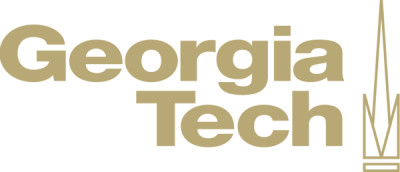This class is offered as CS6440 at Georgia Tech where it is a part of the Online Masters Degree (OMS). Taking this course here will not earn credit towards the OMS degree.
This is a survey course designed to provide a broad, forward-facing overview of contemporary health informatics, a specialized field of computing that seeks to improve the quality and efficiency of healthcare delivery. To understand health informatics (HIT) you also need to have at least a basic understanding of the complex and highly regulated US healthcare industry. The course is designed for students from diverse backgrounds and who have not been previously exposed to HIT. It is divided into three sections:
The US healthcare delivery and the key role of the federal government in promoting HIT adoption
The core technologies that drive all contemporary HIT systems and tools
The real world applications of HIT from electronic medical and personal health records to exploiting digital data aggregated from them for research and other purposes

